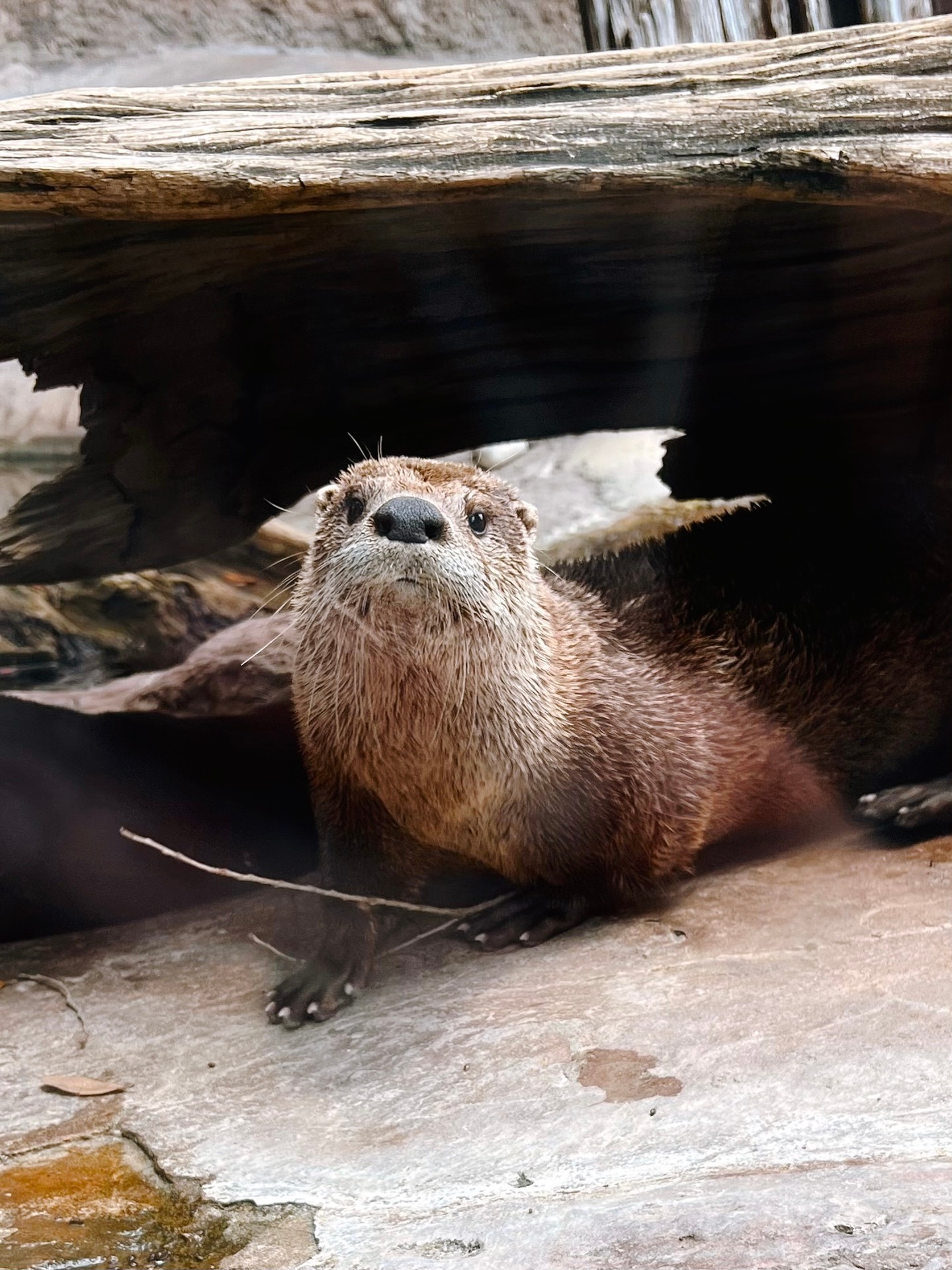Summary:
1. Thirteen different types of otters exist worldwide, with two species found in the U.S. – sea otters and North American river otters.
2. Otters are incredibly adorable creatures known for their playful behavior and unique adaptations.
3. These aquatic mammals have fascinating characteristics, including their ability to use tools and stunning swimming skills.
4. Otters play crucial roles in their ecosystems, contributing to biodiversity and indicating the health of aquatic environments.
5. Conservation efforts are necessary to protect otters and their habitats, ensuring their continued survival.
DYK? 🤔 There are thirteen different types of otters worldwide; two can be found in the U.S. 🦦 Sea otters and North American river otters! But what makes these otters so otterly adorable? Join us on a journey to explore these lovable creatures’ unique and fascinating aspects.
When we think of otters, the first image that comes to mind is often their undeniable cuteness. With their playful antics, thick and glossy fur, and bright eyes, otters have captured the hearts of humans worldwide. But there’s so much more to otters than just their adorable appearance.
1. Playful Wonders of Nature
Otters are known for their playful behavior; watching them frolic in the water is an absolute delight. They slide down riverbanks, somersault, and chase each other unbridled joyfully. Their playful nature isn’t just for fun; it serves important purposes, too. Playing helps otters develop essential skills, like hunting, in a fun and interactive manner.
2. The Tool Masters
One of the most fascinating aspects of otters is their ability to use tools. Sea otters, in particular, have been observed using rocks to crack open shellfish. They place the rock on their chests and vigorously strike the shellfish against it, breaking it open to enjoy the meal. This behavior showcases their intelligence and adaptability.
3. Aquatic Acrobats
Otters are incredibly skilled swimmers, maneuvering through water with grace and ease. They have streamlined bodies, webbed feet, and muscular tails that propel them quickly and effortlessly. Their exceptional swimming skills allow them to dive deep to catch fish and other prey, holding their breath for up to eight minutes.
4. Ecological Indicators
These lovable creatures play vital roles in their ecosystems. Otters are considered keystone species, meaning their presence or absence significantly impacts their environment. By preying on shellfish and small fish, otters help maintain the balance of aquatic ecosystems. Their presence indicates a healthy environment, as they are sensitive to pollution and habitat degradation.
5. Conservation Challenges
Despite their undeniable charm, otters face numerous conservation challenges. Habitat loss, pollution, poaching for fur, and climate change are all threats to their survival. Efforts to protect otters and their habitats involve creating protected areas, implementing stricter regulations, and increasing public awareness about the importance of conservation.
We must continue to learn more about these remarkable creatures, appreciate their beauty and value, and take action to ensure their survival. By supporting conservation organizations and initiatives, we can make a difference in the lives of otters and the ecosystems they inhabit.
So, the next time you encounter an otter in the wild or at a zoo, take a moment to appreciate their otterly adorable nature. Watch them swim, play, and live their lives to the fullest. Let’s work together to protect these charismatic creatures and the habitats they depend on. 🦦
*****
Source Description
Otterly adorable!🦦
DYK? 🤔 There are thirteen different types of otters worldwide; two can be found in the U.S. 🦦 Sea otters and North American river otters!


